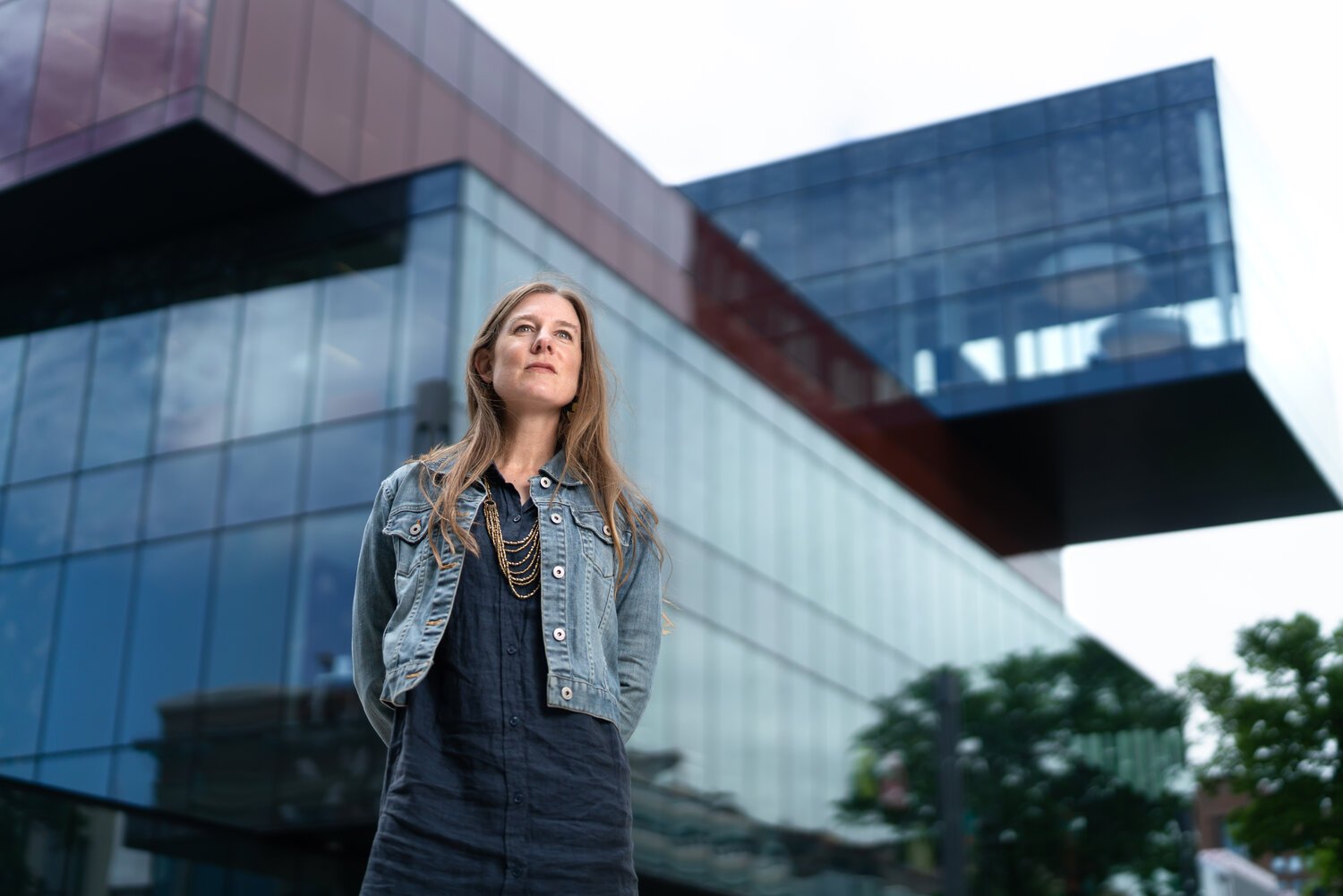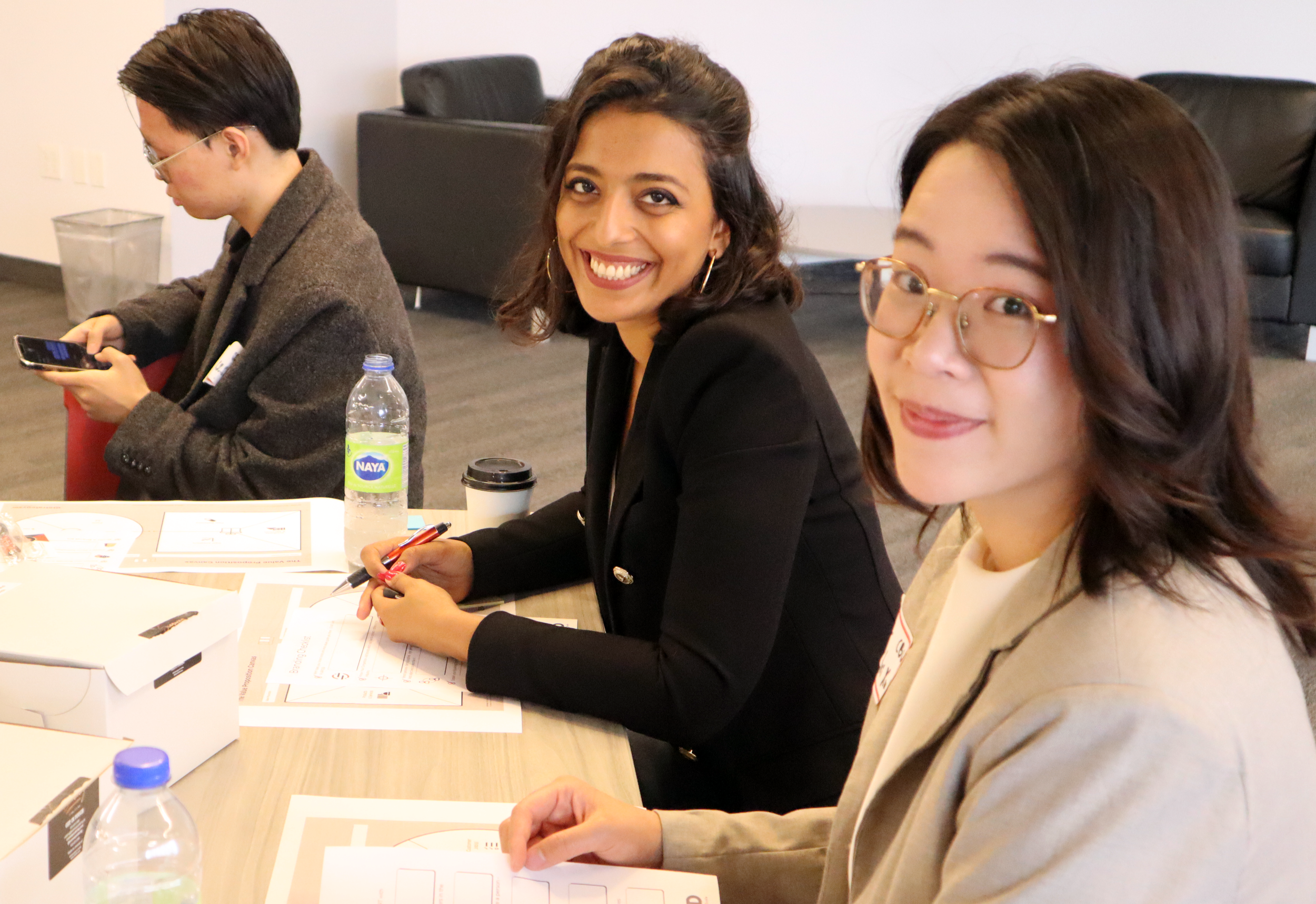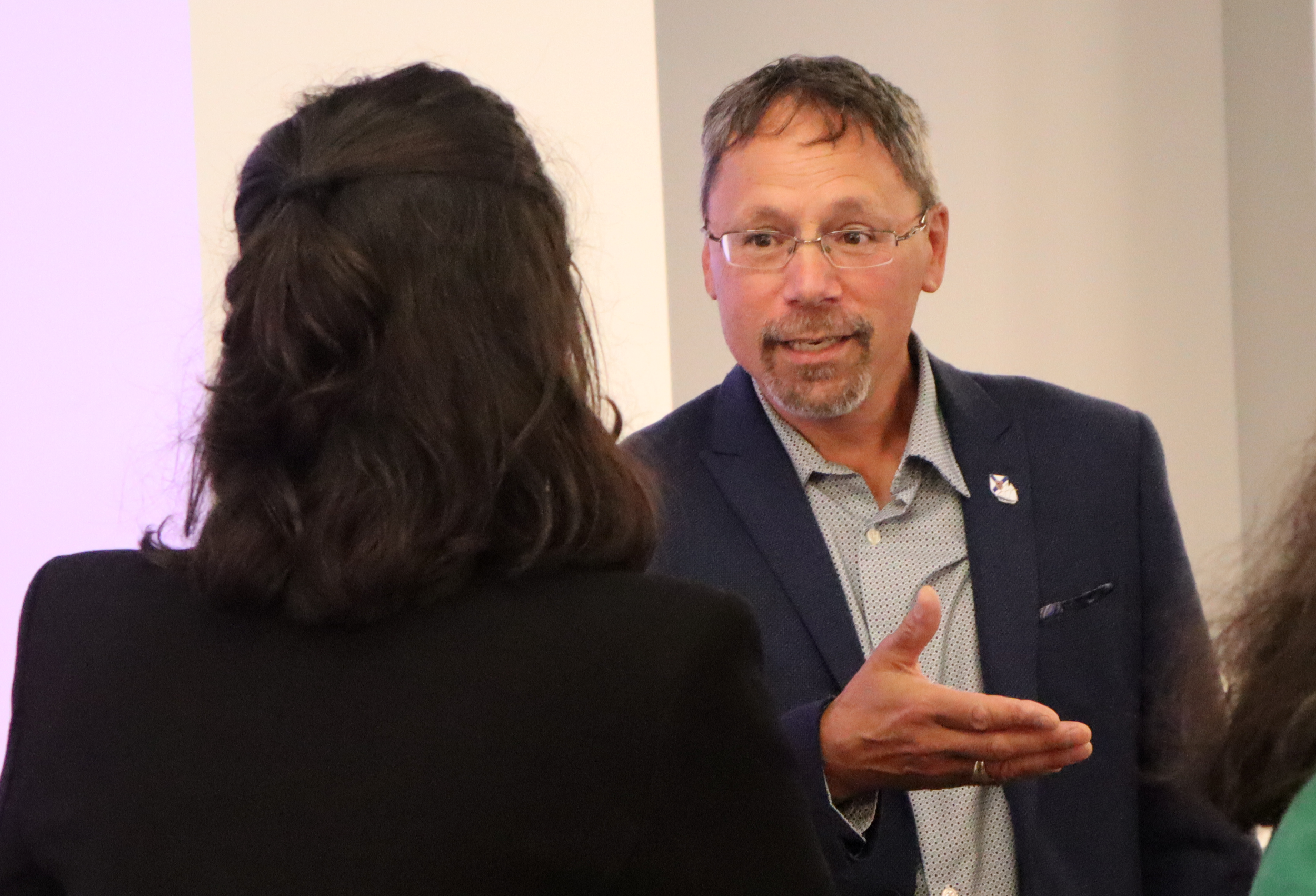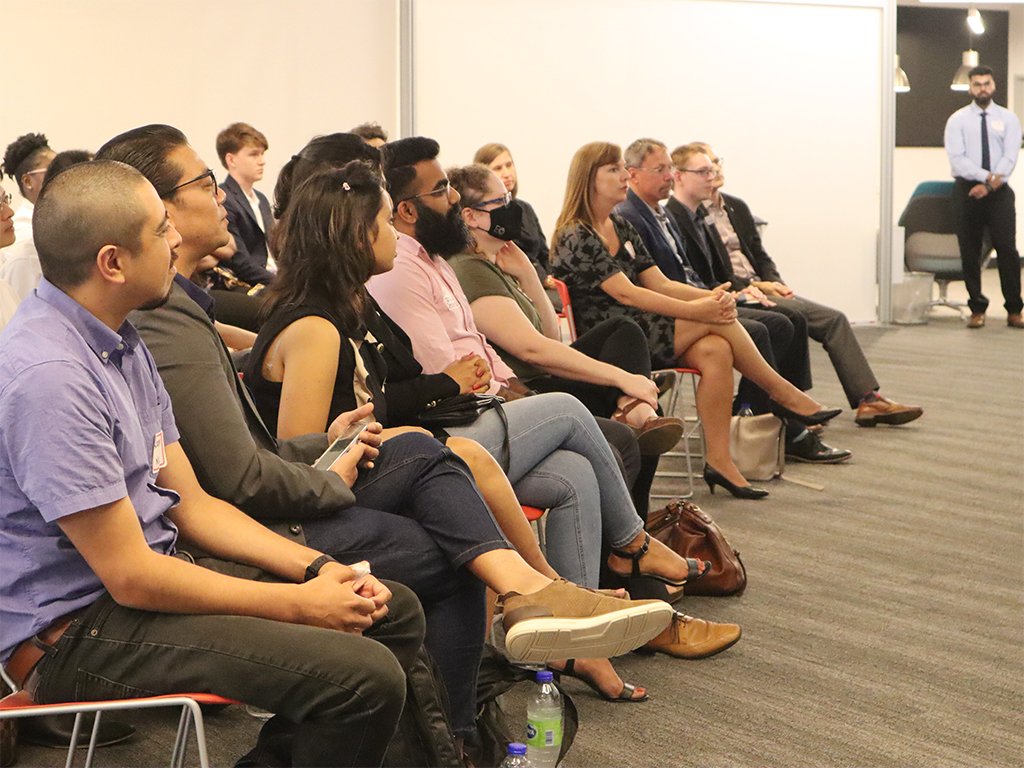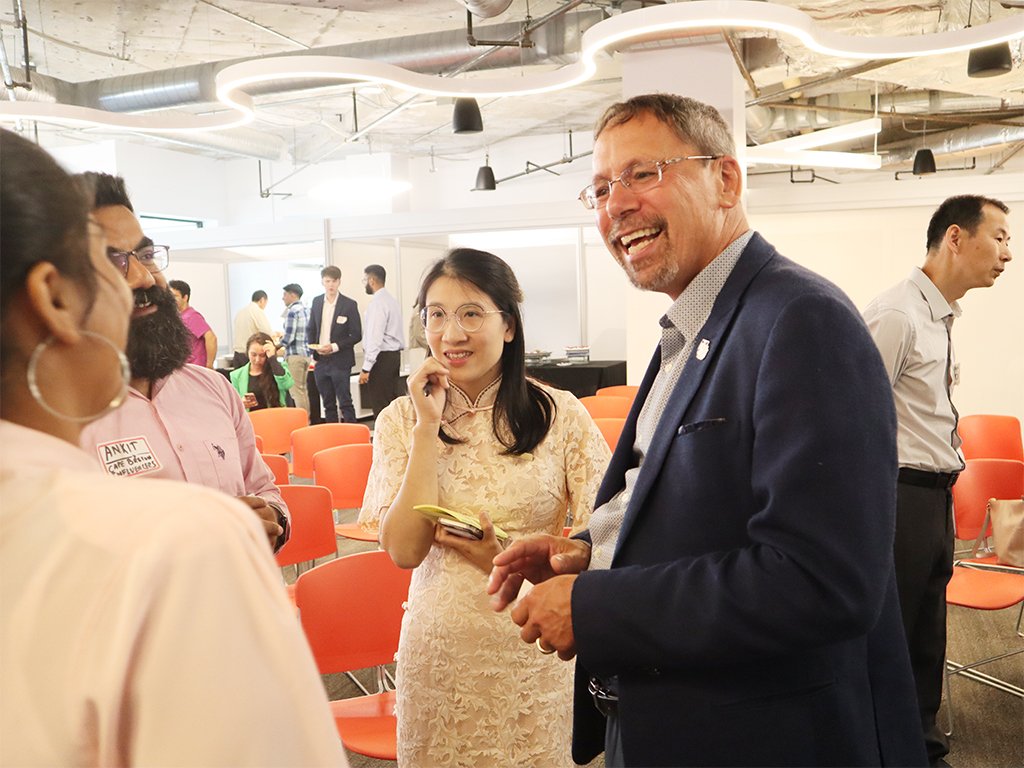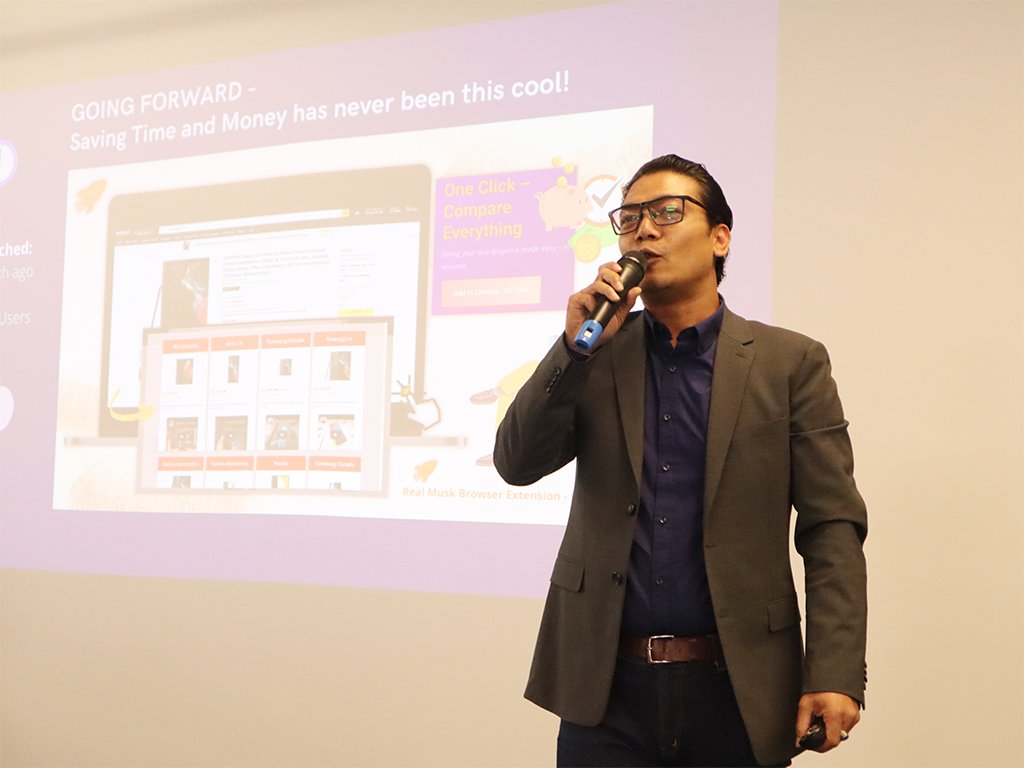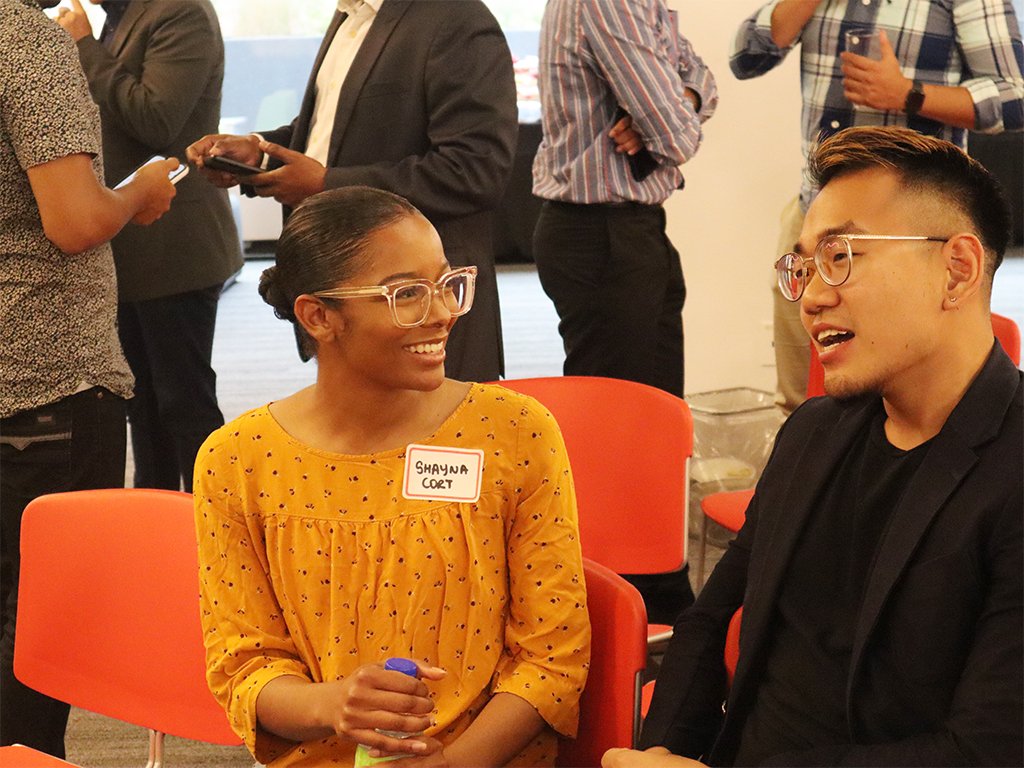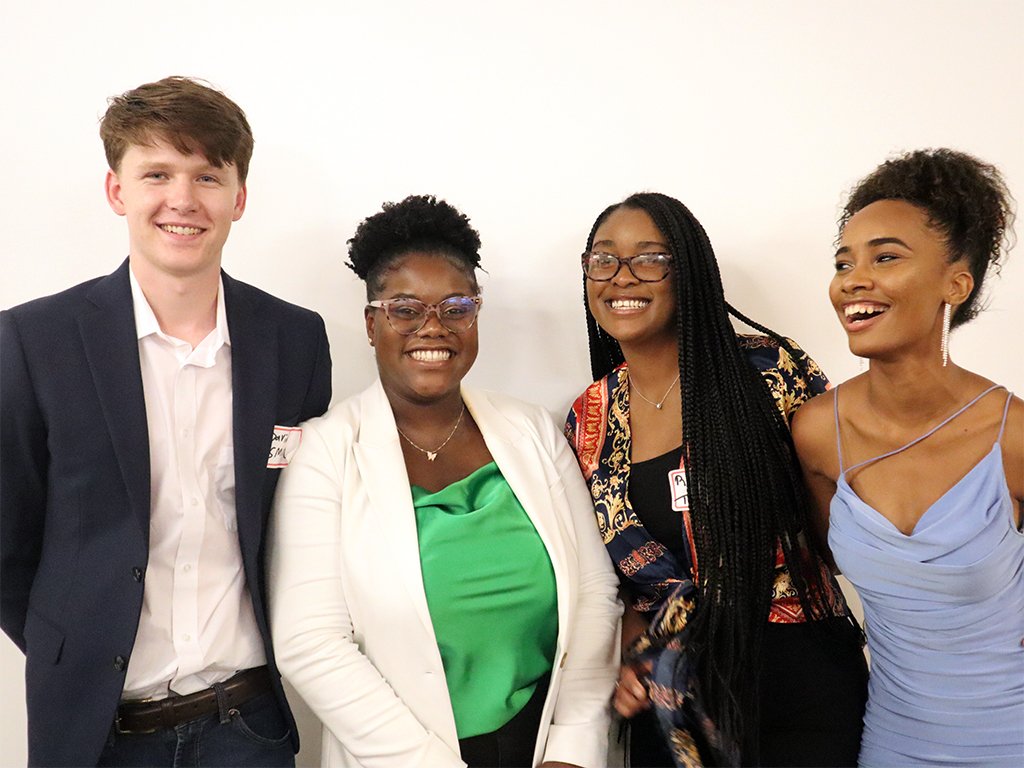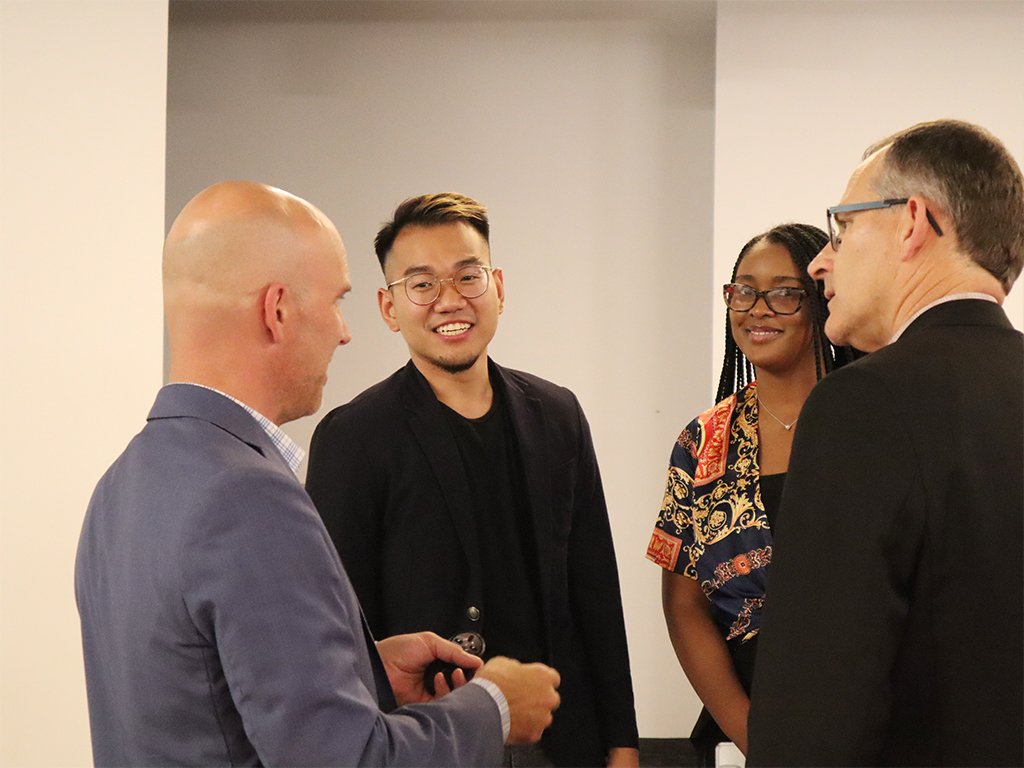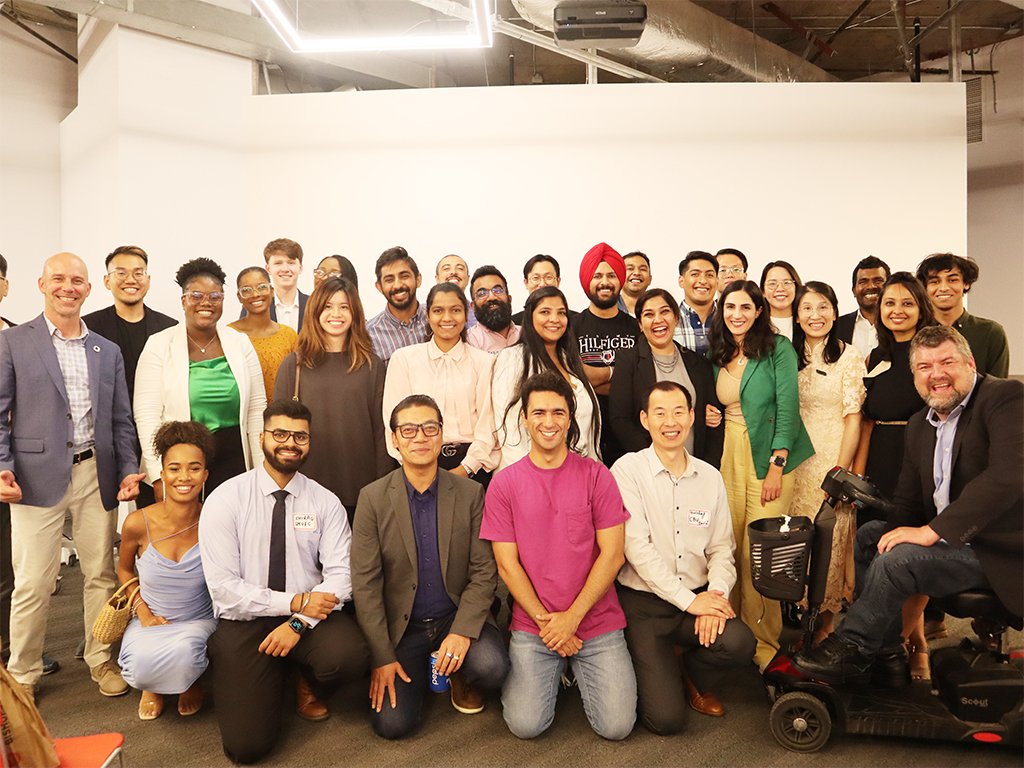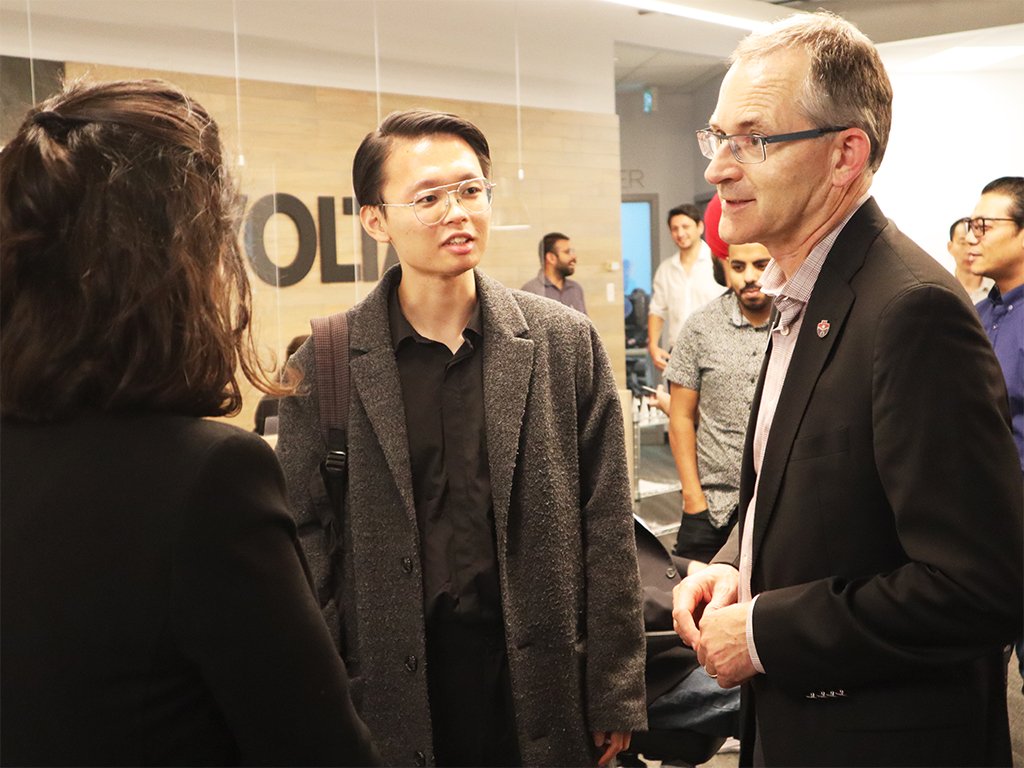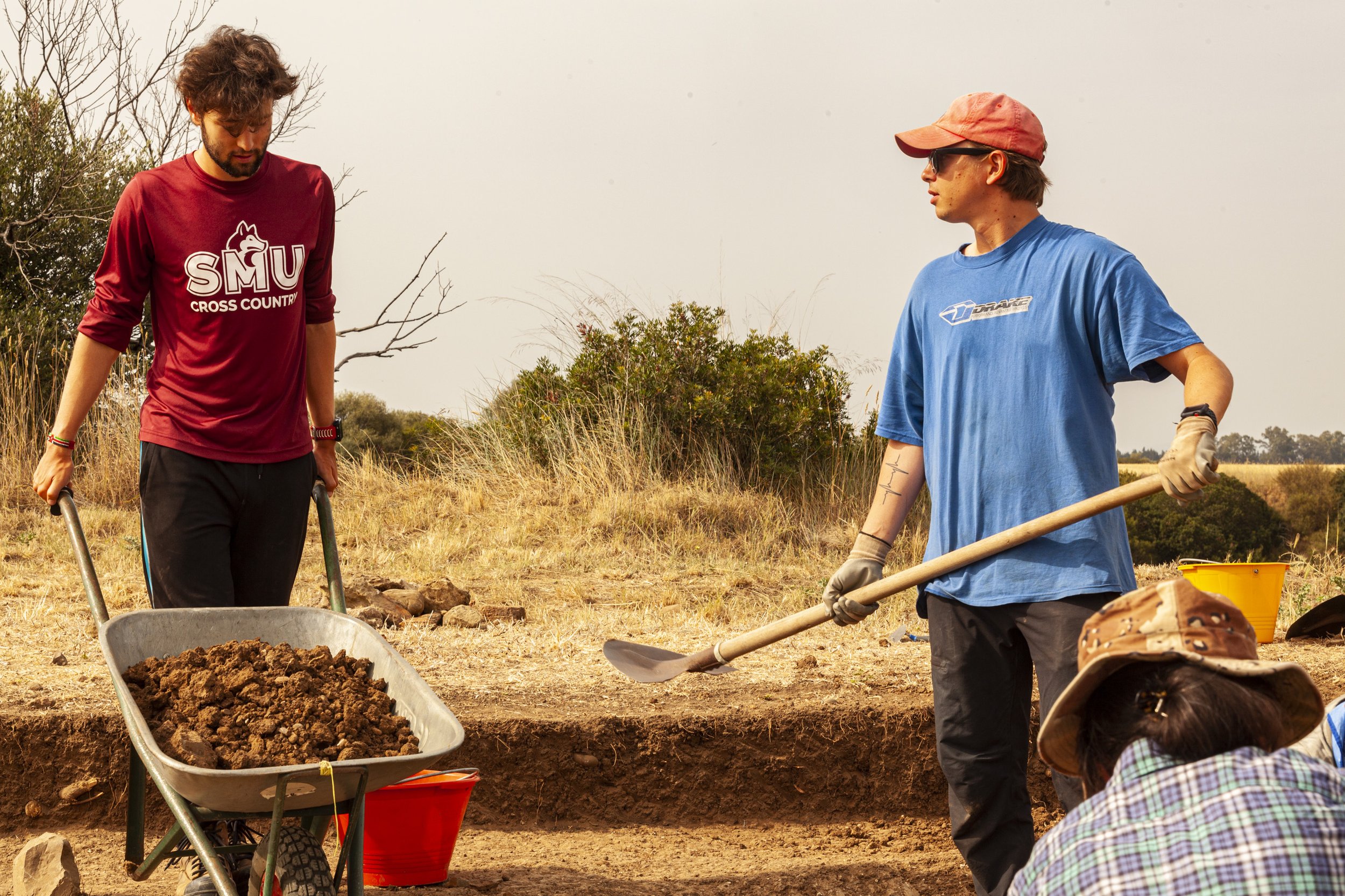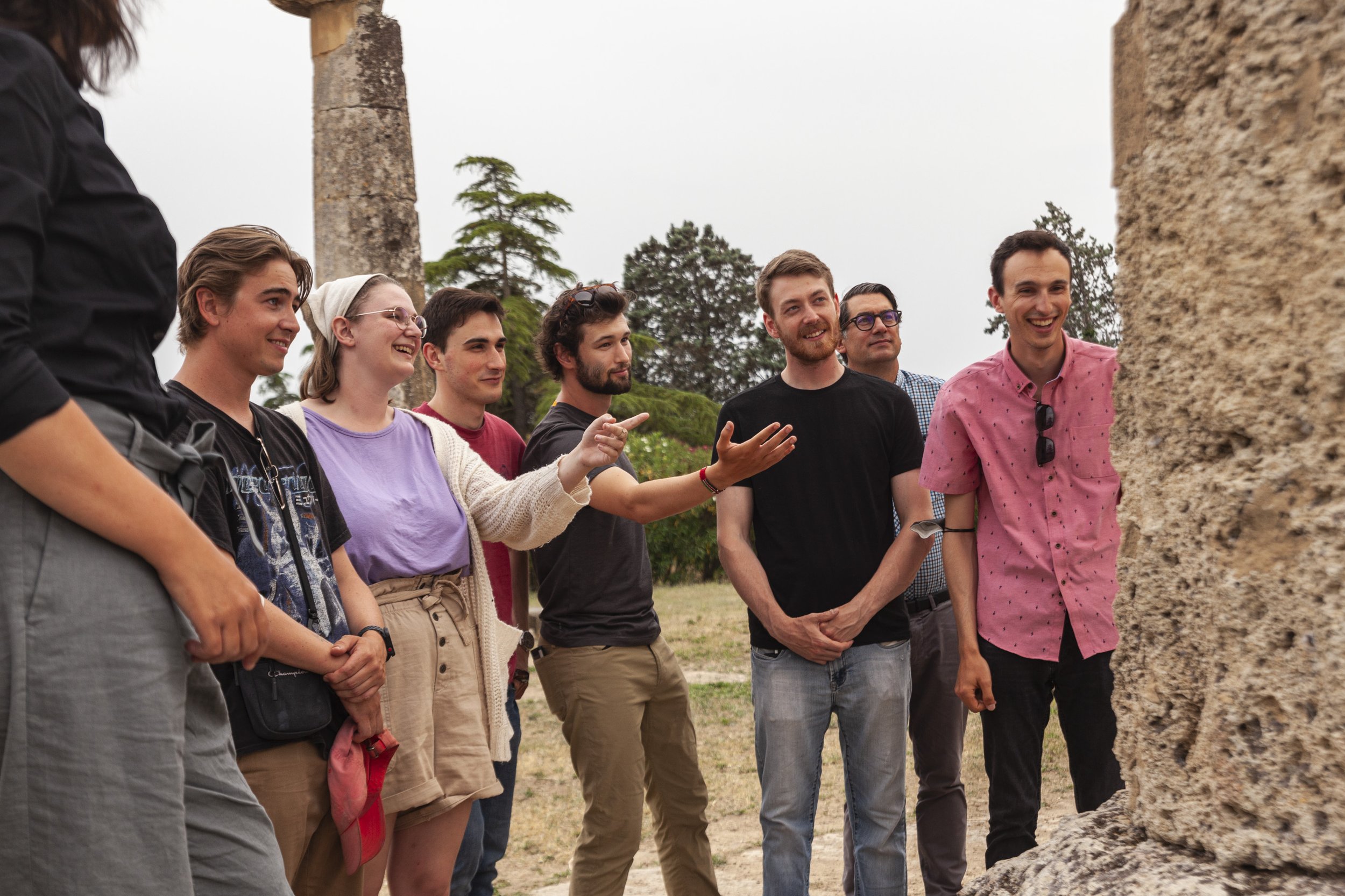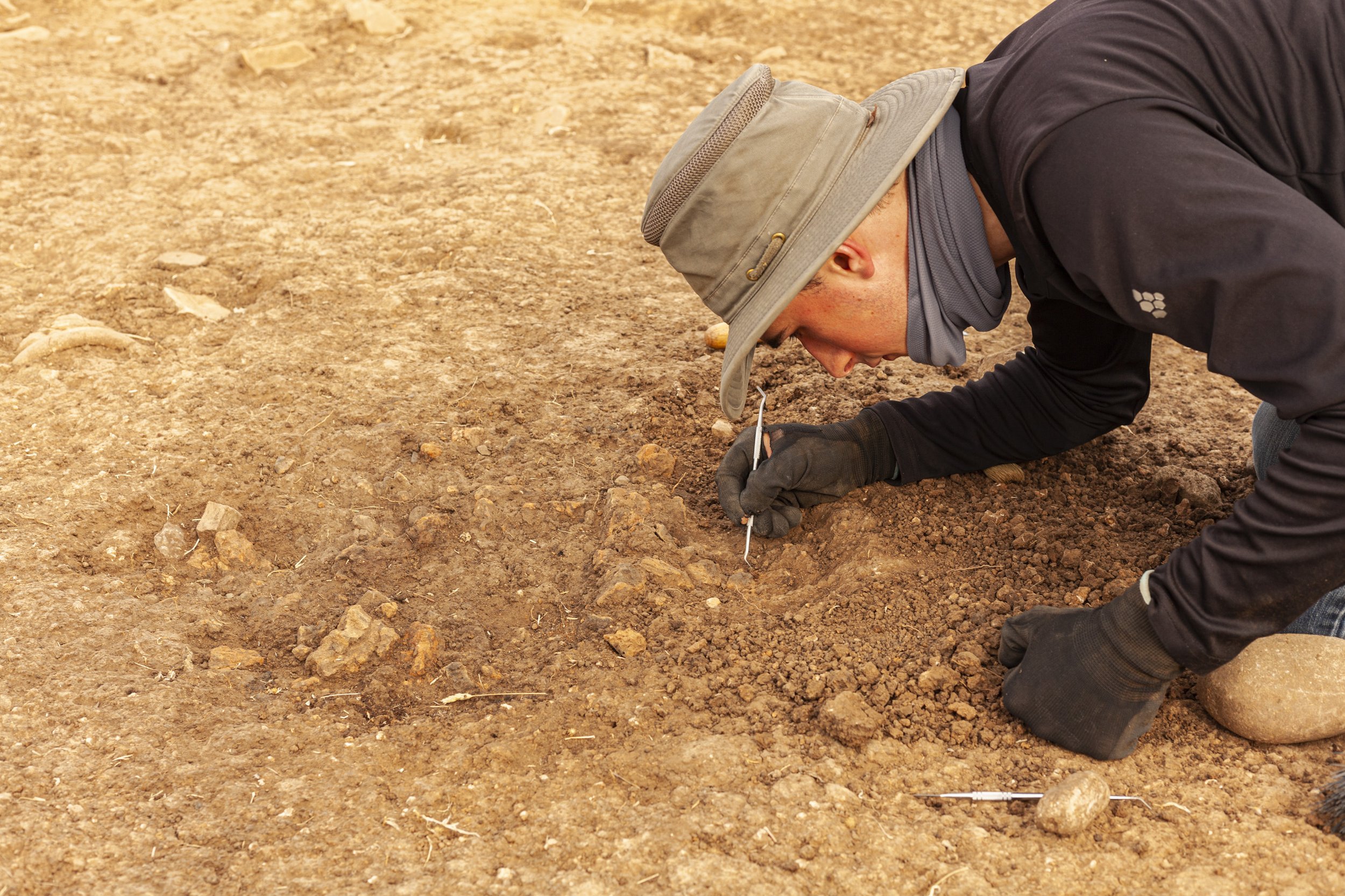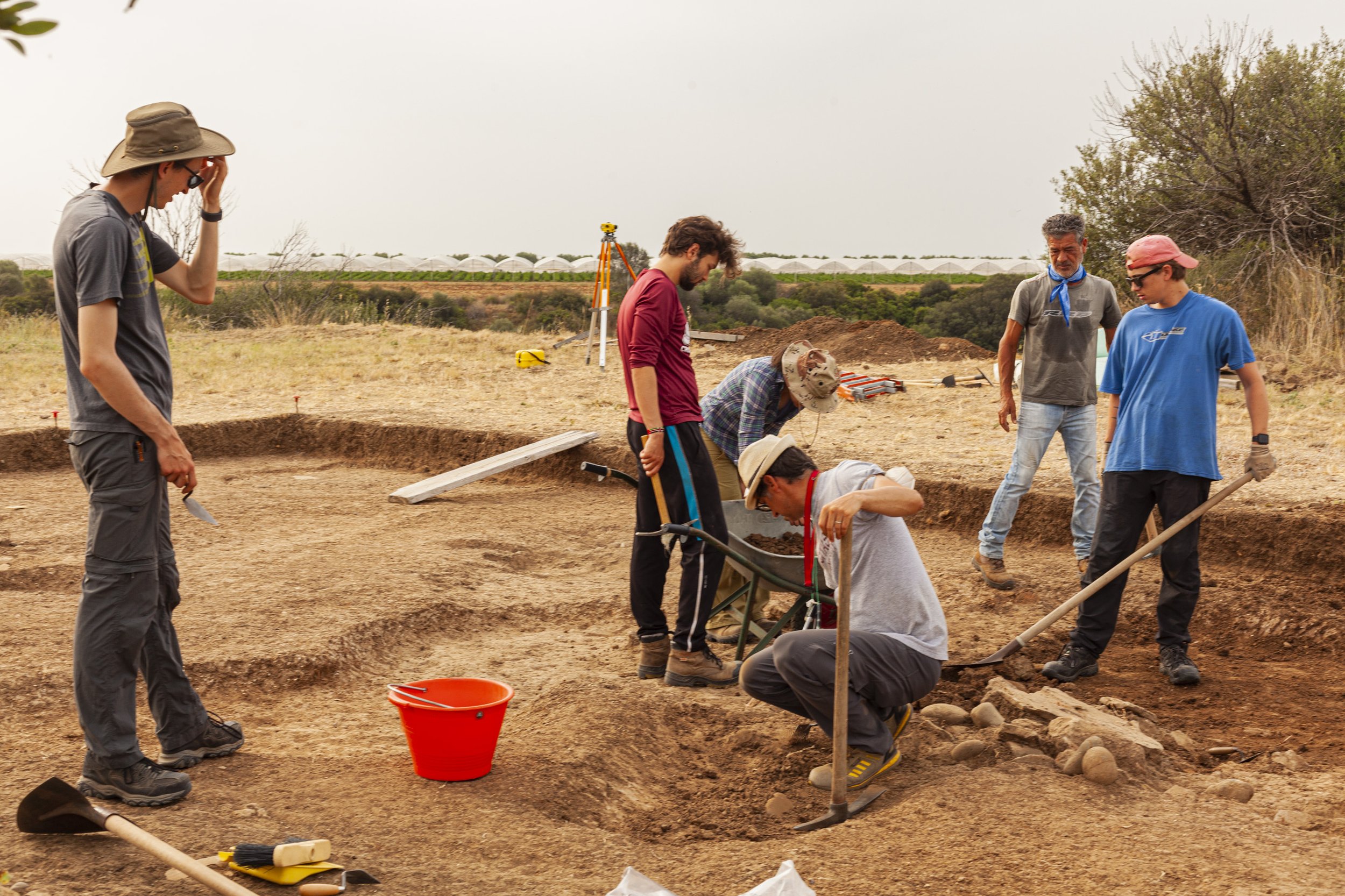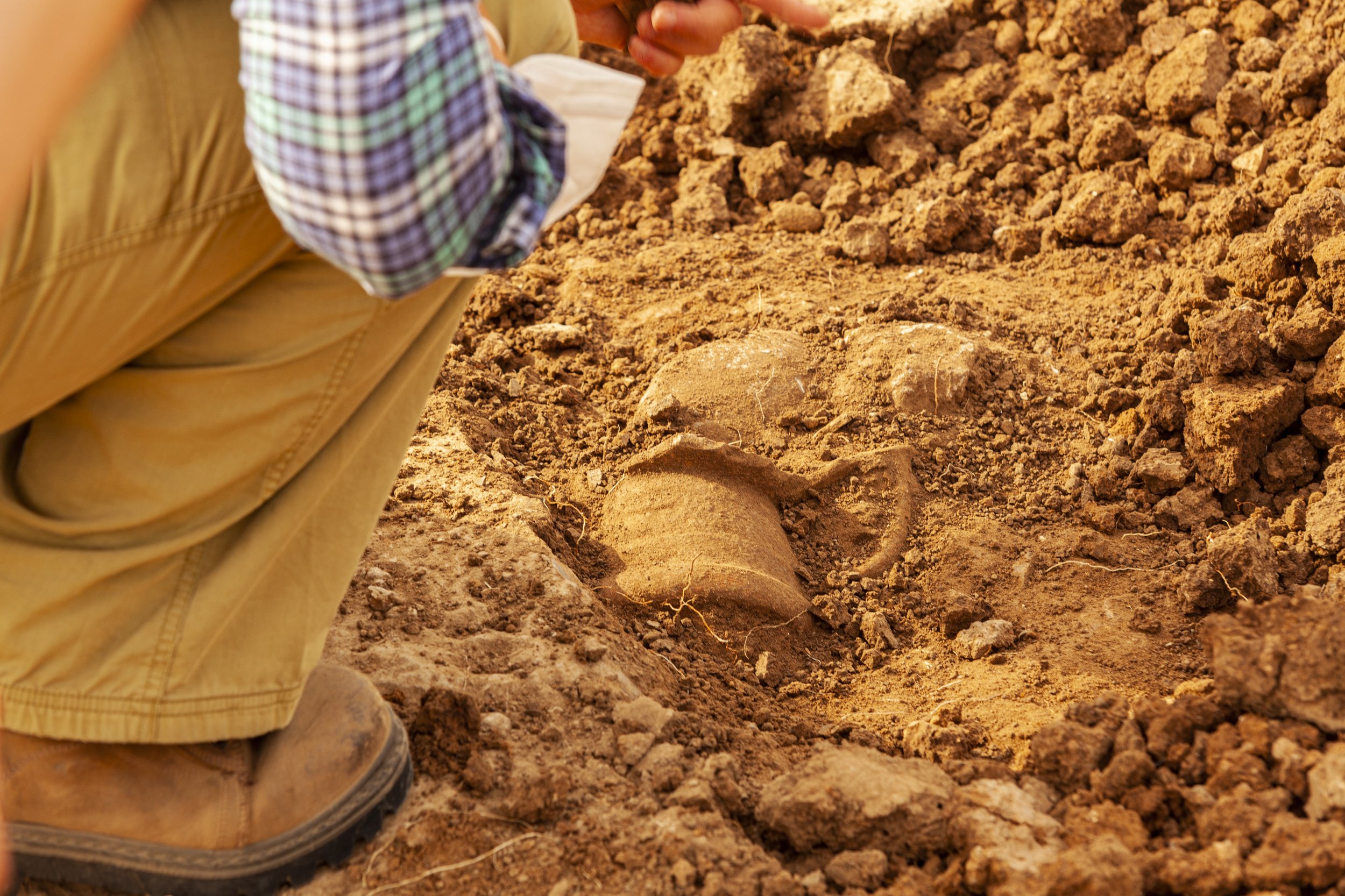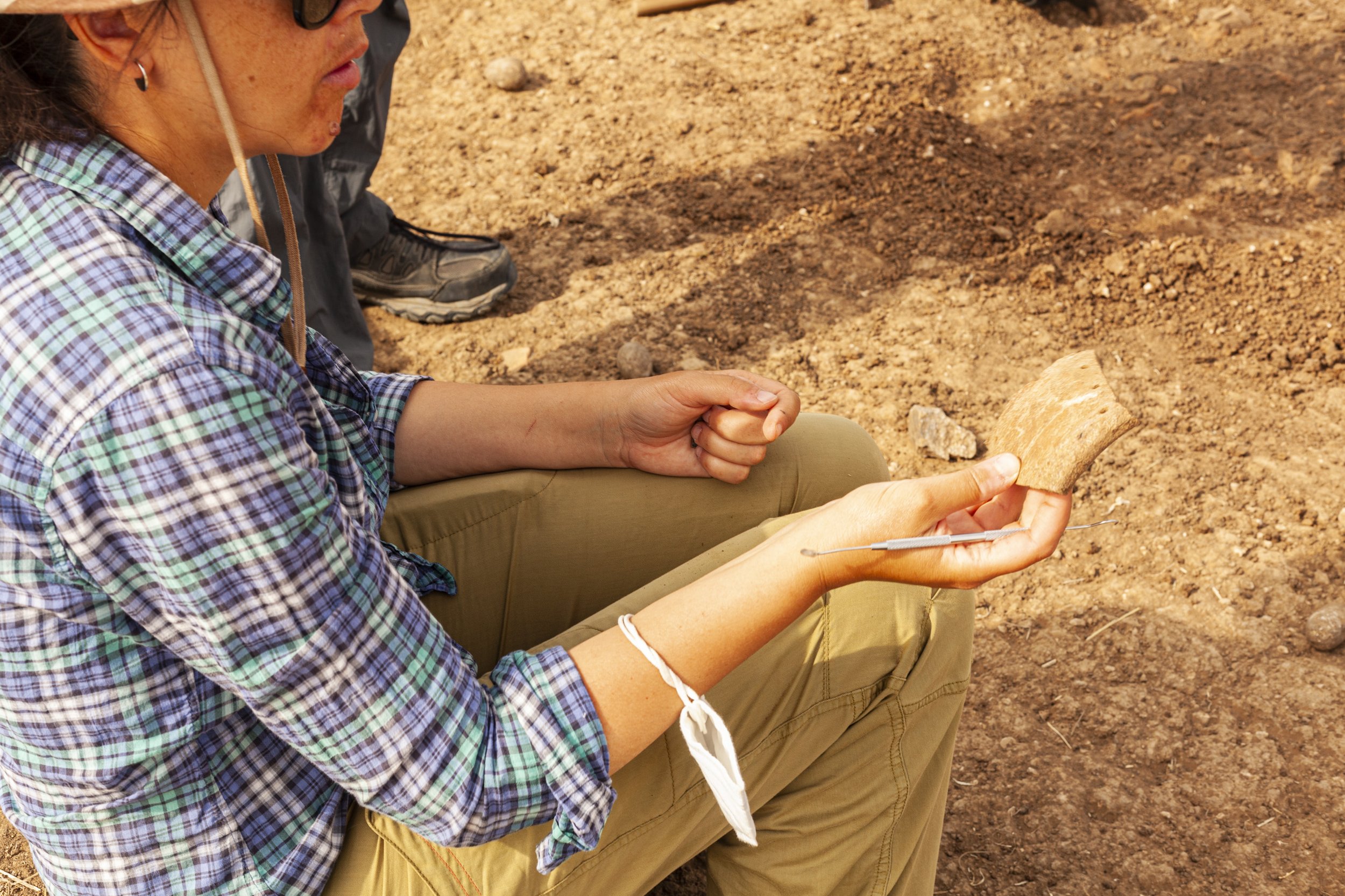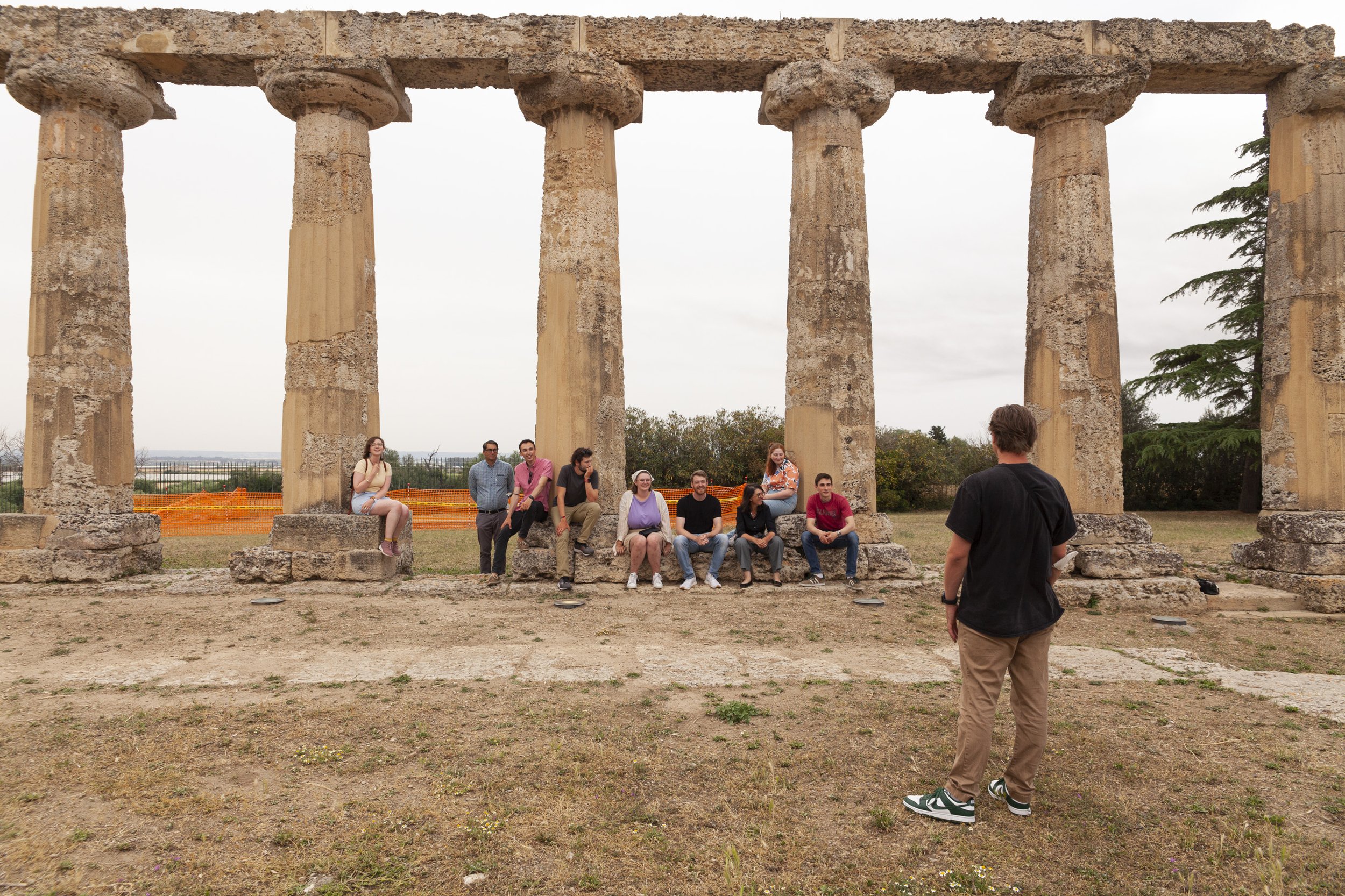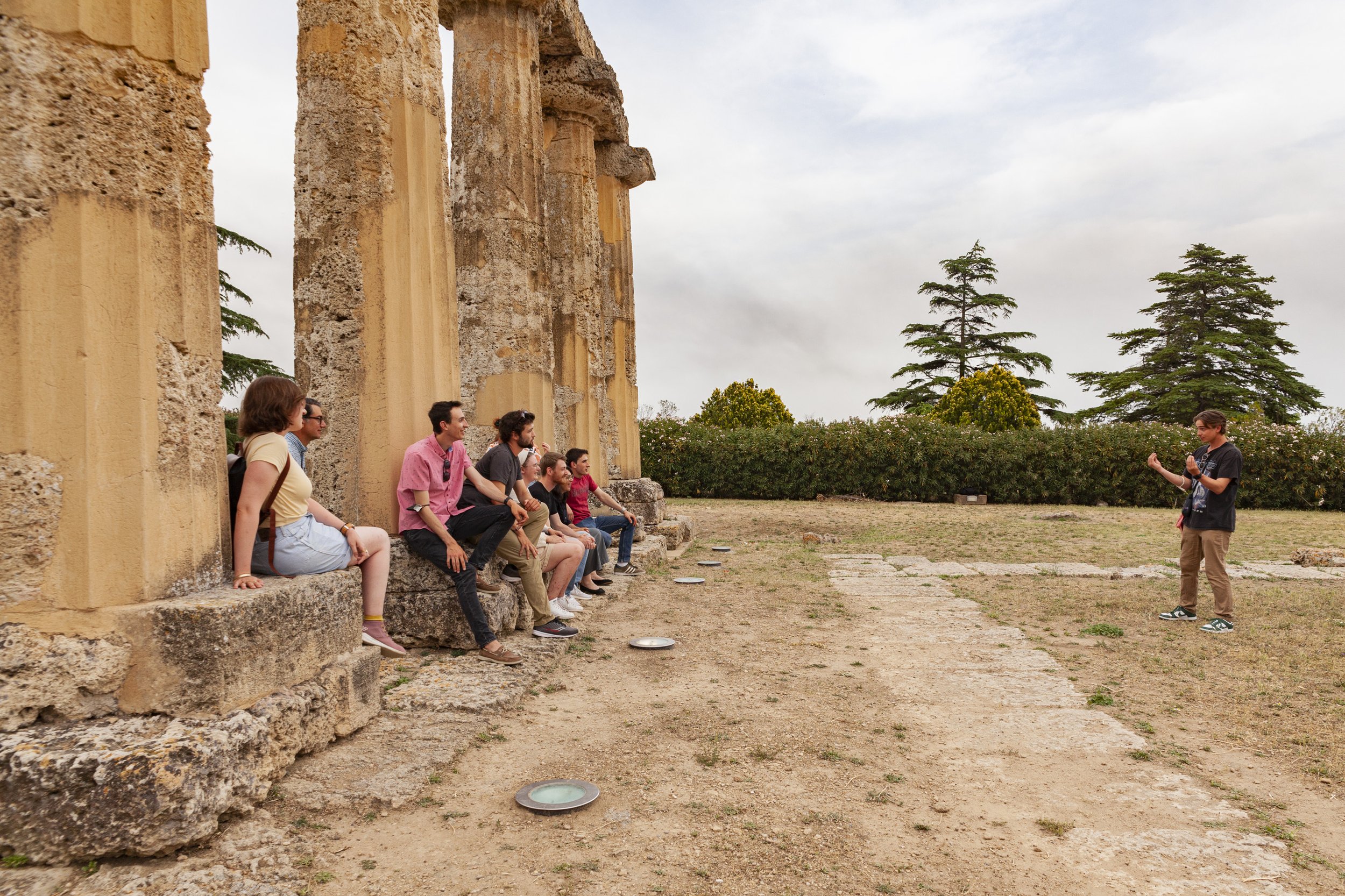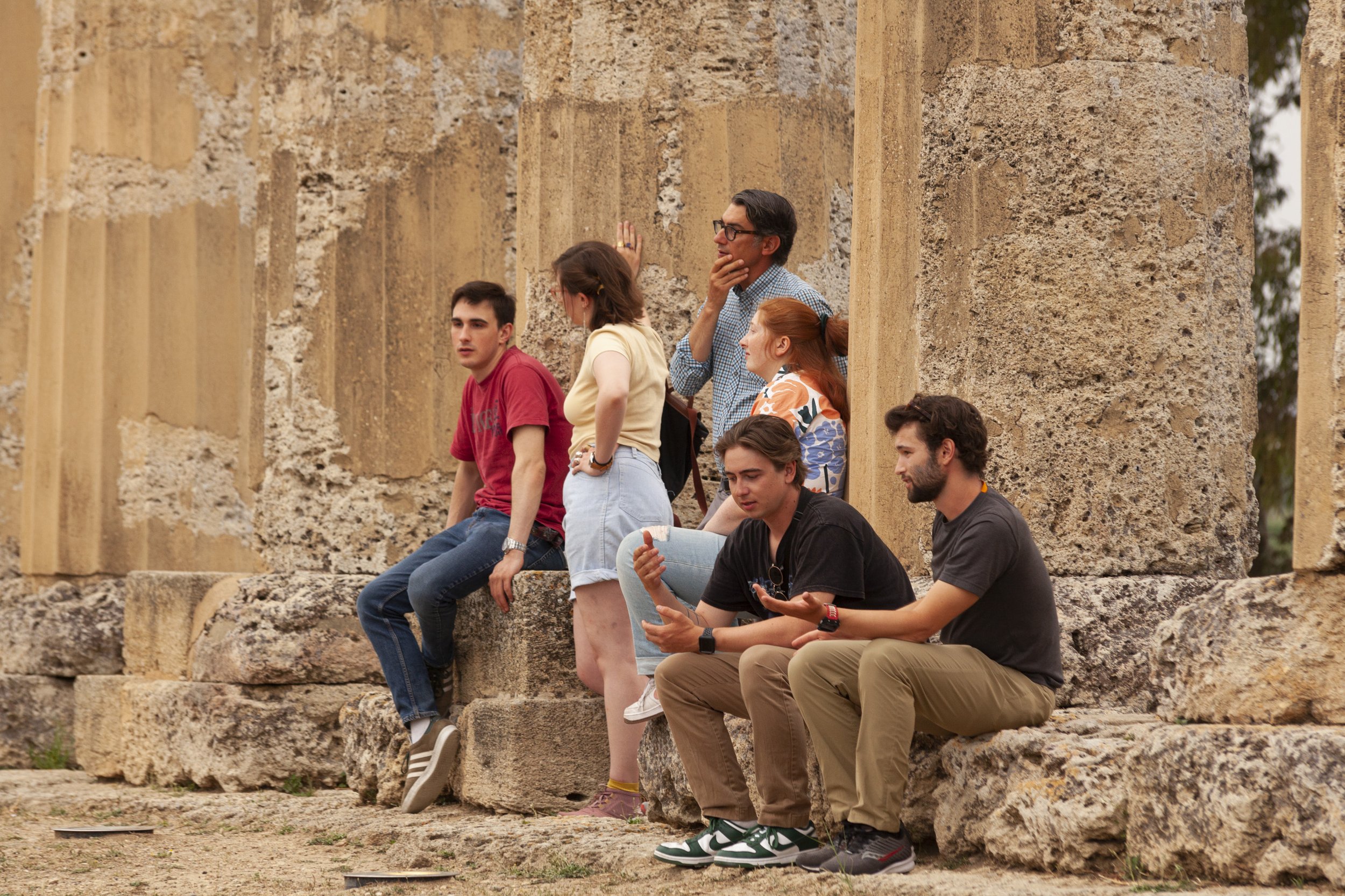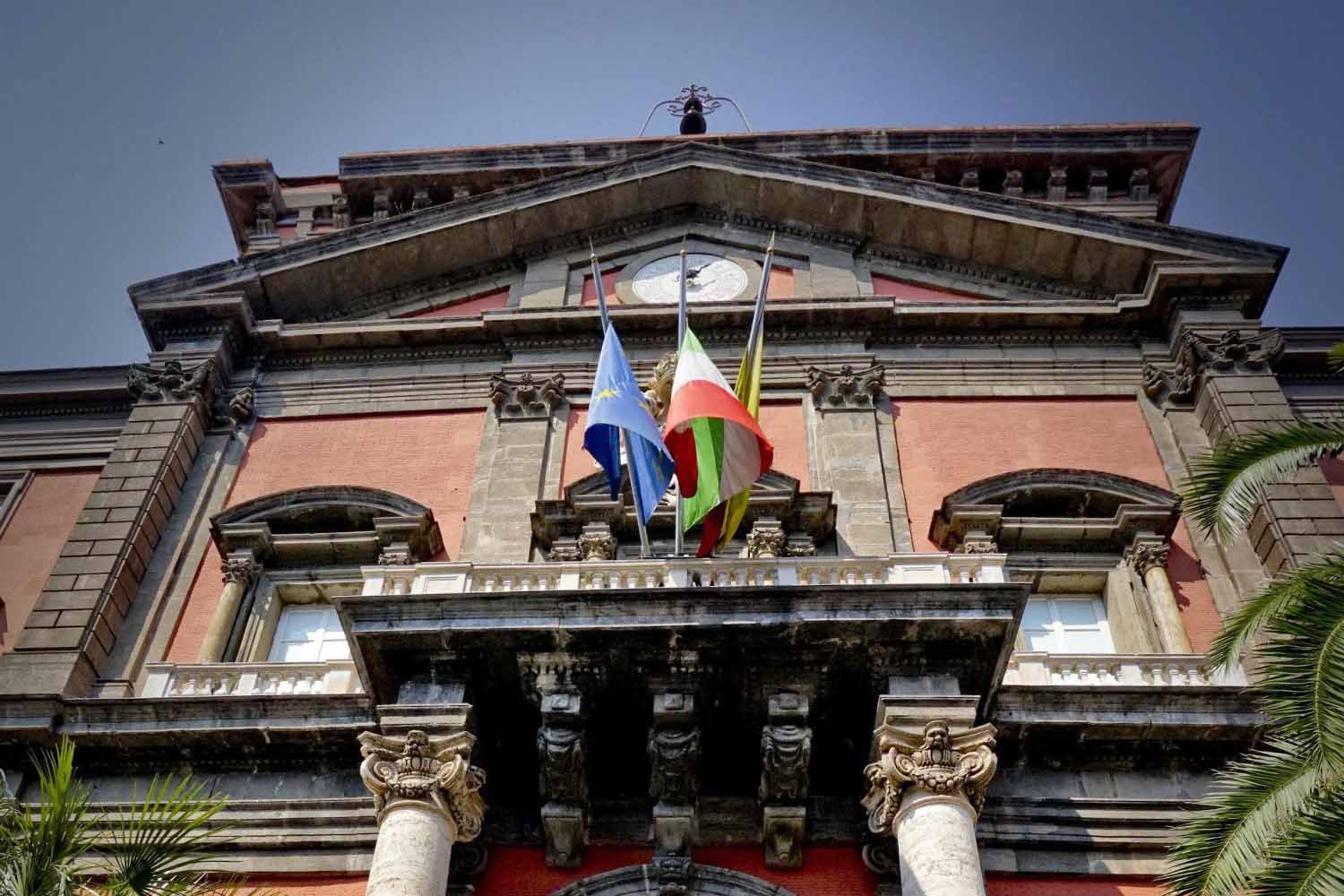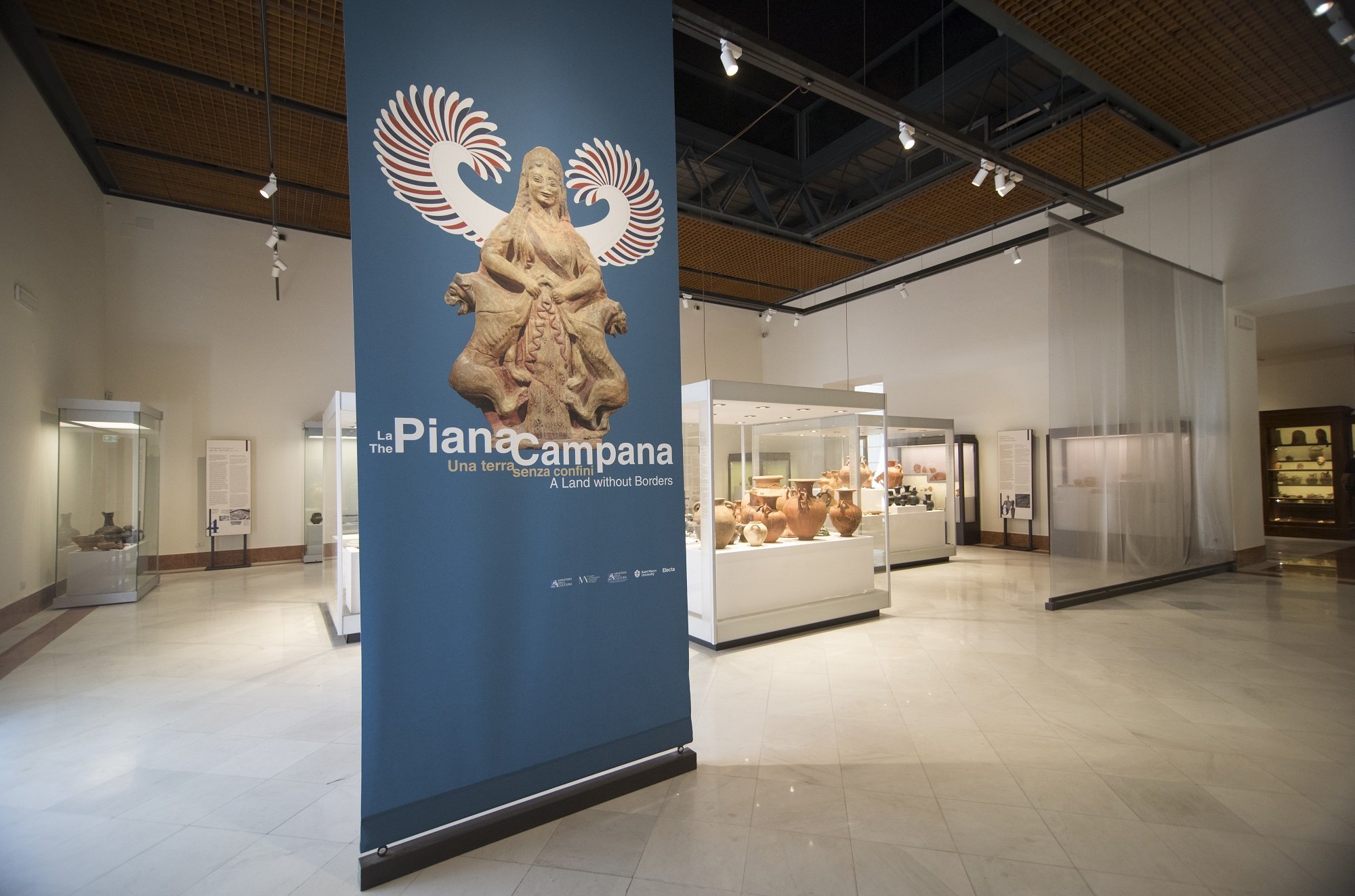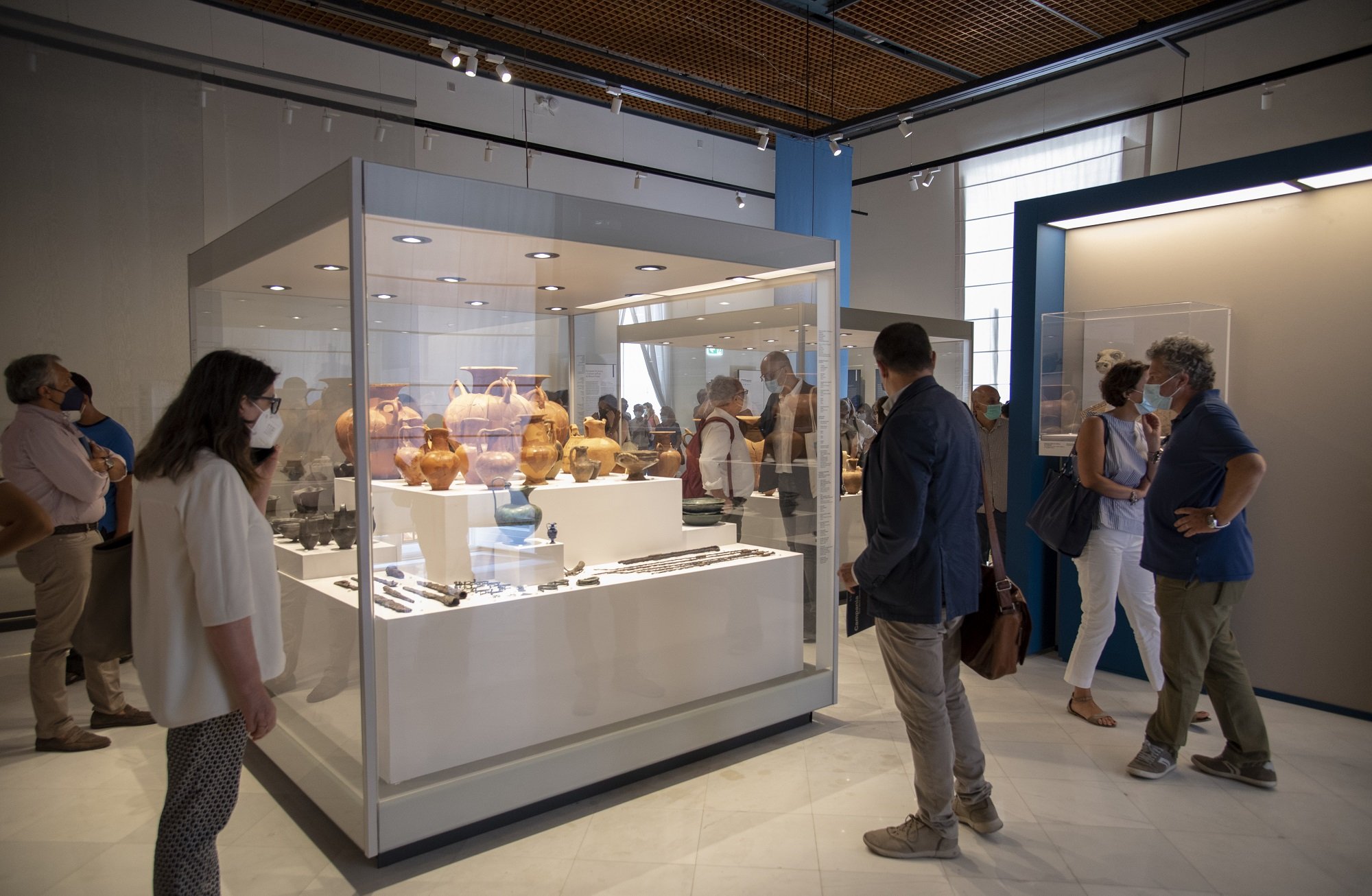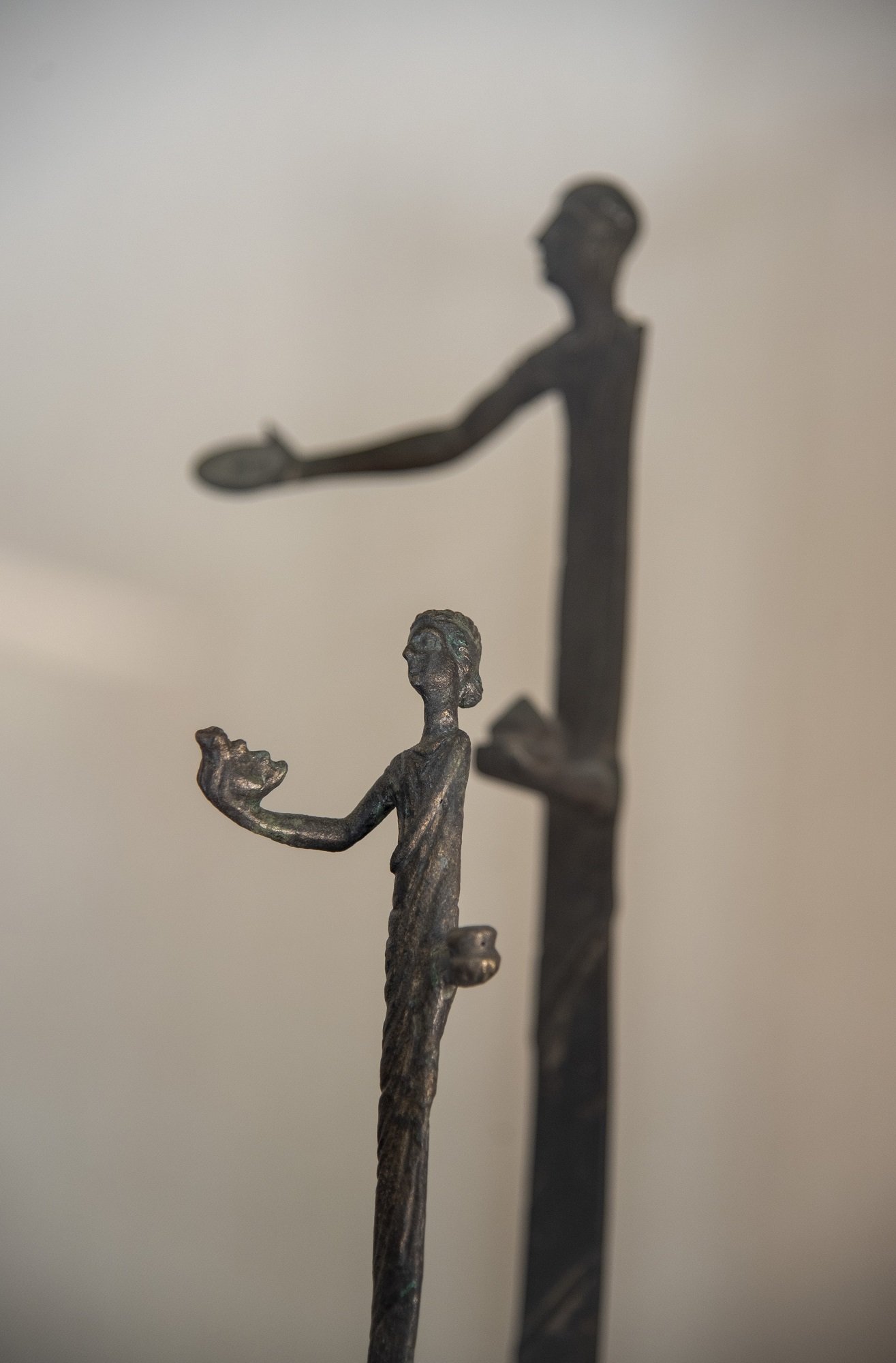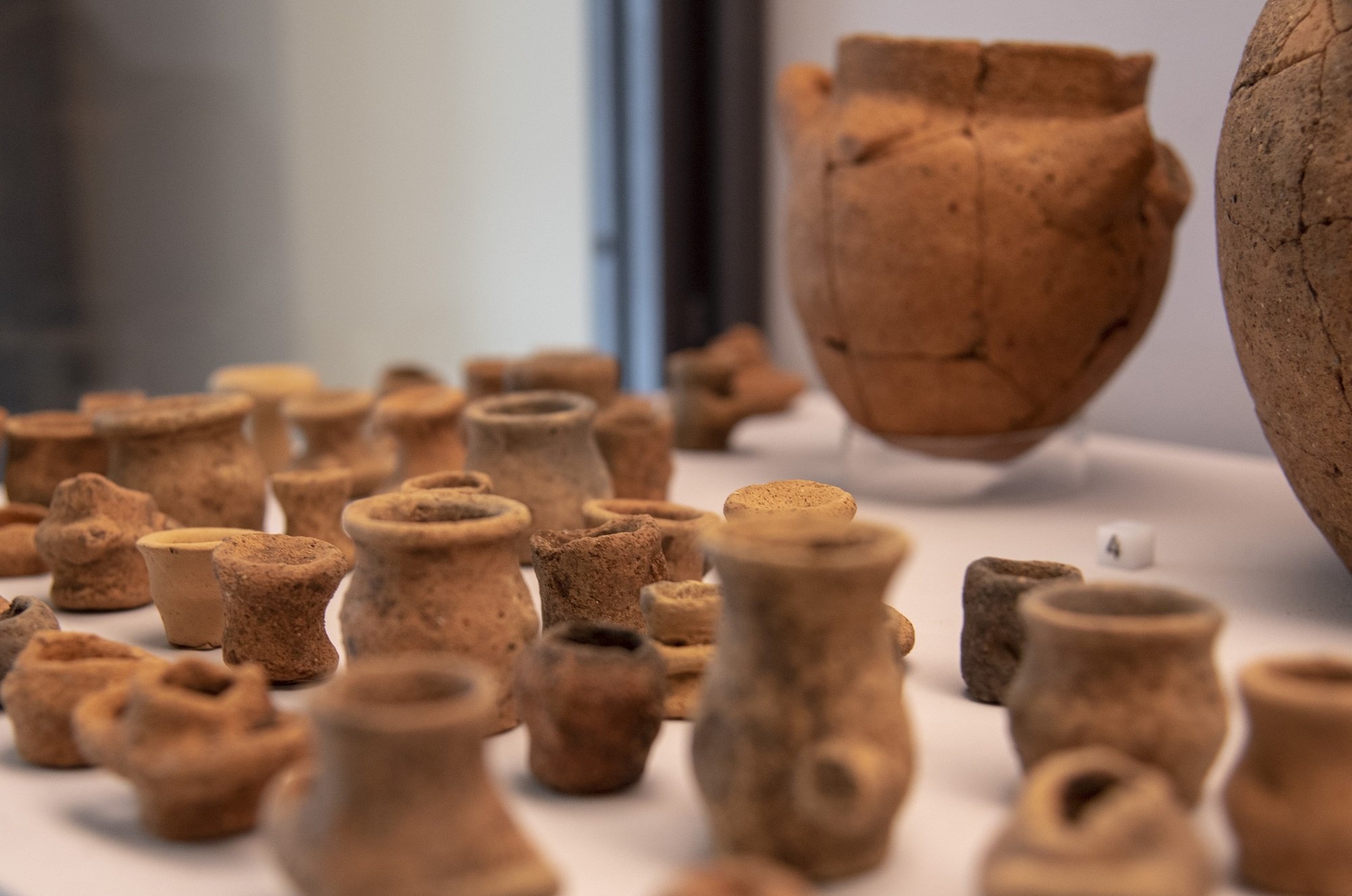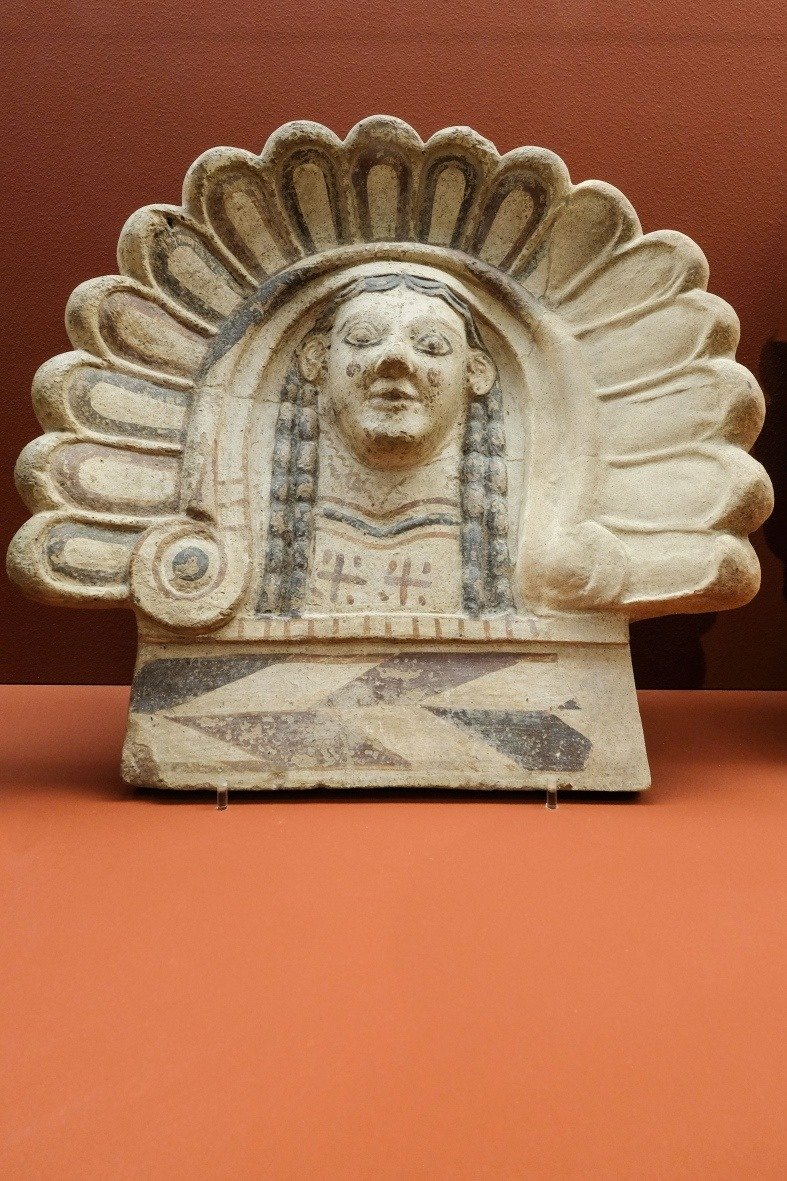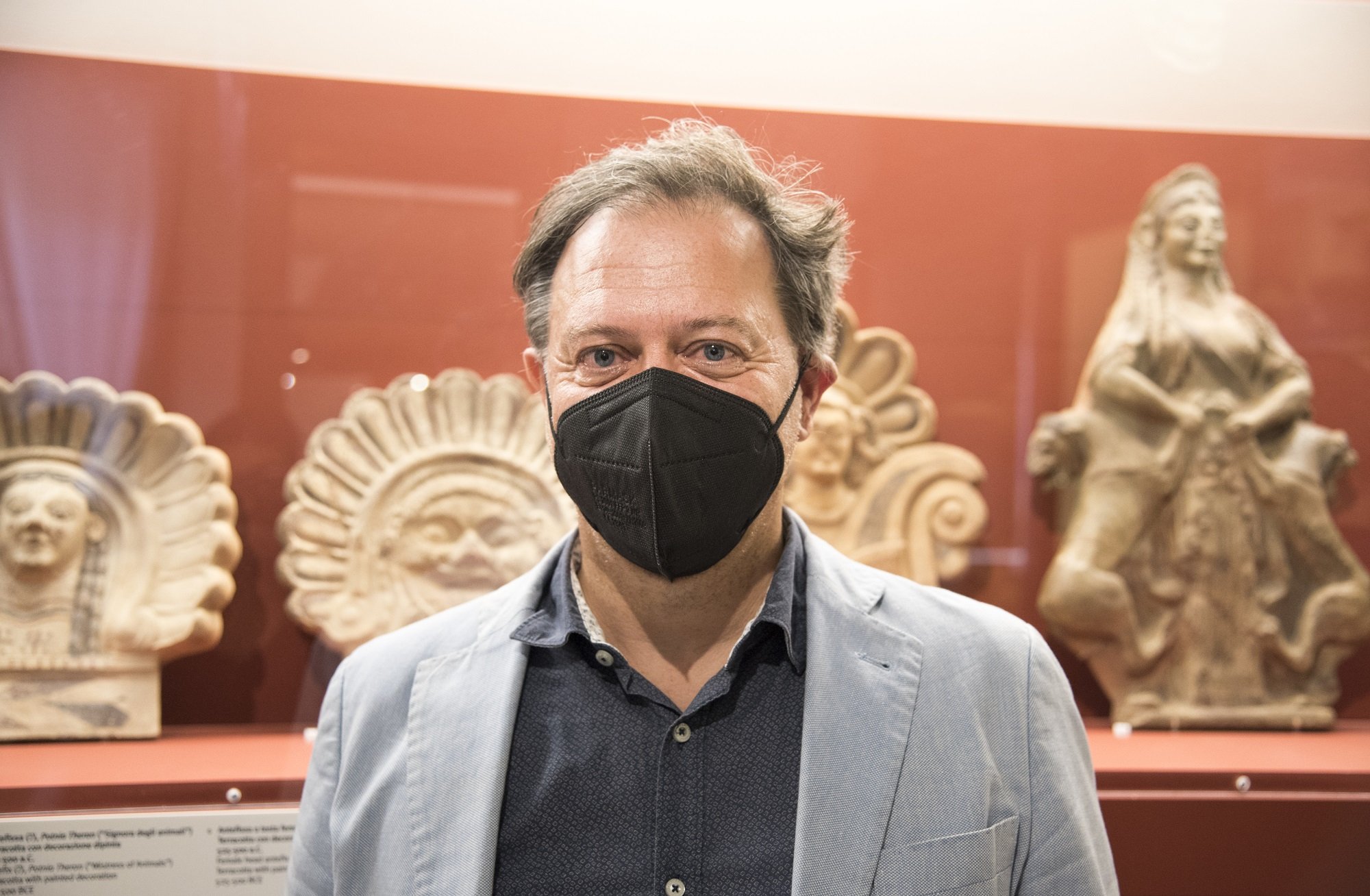Margaret Perry
The career work of pioneering Nova Scotia filmmaker Margaret Perry is being showcased with a digital release, artist interventions, and three nights of events from the Atlantic International Film Festival, the Nova Scotia Archives and a team led by a Saint Mary's University researcher.
"Margaret Perry is one of the most influential yet unknown people in Nova Scotia in the 20th century. Her promotional films about the province offer us a glimpse into how Nova Scotia saw itself in the 40s, 50s and 60s, or at least how the government wanted others to see the province," says Saint Mary's University Associate Professor Dr. Jennifer VanderBurgh, and the lead organizer behind the events. "Although these are technically government films, they are also documentaries and artist-made works. Perry's influence can be felt in all her films. She was very interested in highlighting women's labour, cooperative labour, and how things were done or made. The films reflect her interests and understanding of Nova Scotia."
The event series, Activating an Archive: Margaret Perry and the Nova Scotia Film Bureau, mark the digital release of the career work of Margaret Perry, one of Canada's most important and least-known woman filmmakers and early film bureaucrats.
The events are:
Monday, Sept. 19, 2022, from 5 p.m. to 7:30 p.m.
A reception at the Public Archives of Nova Scotia.
Tuesday, Sept. 20, 2022, at 6:10 p.m.
A sample screening of Perry’s work in film and a Q&A at FIN, the Atlantic International Film Festival.
Wednesday, Sept. 21, 2022, at 7 p.m.
A talk by Dr. Jennifer VanderBurgh at the Halifax Central Library, discussing the collection, the process of digitizing/activating it (and some related ethical complexities), and the discovery of materials that shed new light on Perry’s artistic development and filmmaking practice.
Dr. Jennifer VanderBurgh
Starting out in New Brunswick as a wartime projectionist where she taught herself to make short films about everyday life, Perry went to Ottawa to work with John Grierson at the National Film Board of Canada. In 1945, Perry moved to Halifax to become Director of the Nova Scotia Film Bureau, where between 1945-1969 she made and oversaw the production of over fifty promotional films that depicted Nova Scotia as a tourist destination, an industrial and agricultural centre, and a complex site of cultural heritage.
"For a long time, this collection has been ignored, often without being seen, on charges of being boring government film,” says Dr. VanderBurgh. “In reframing and animating this collection as artist-made works, we're reconsidering the significance of these films, what they remember, and some of the ethical considerations and responsibilities of activating the collection in Nova Scotia today."
More information about Margaret Perry and the Nova Scotia Film Bureau Films and the research of Dr. Vanderburgh and her research team.




